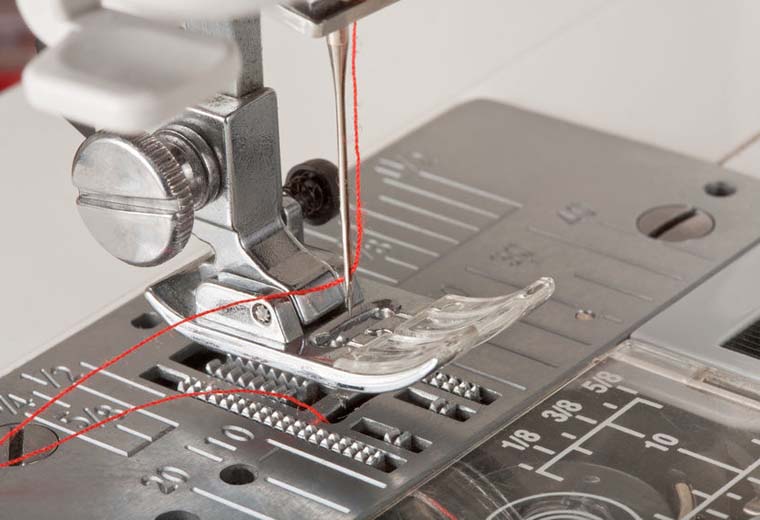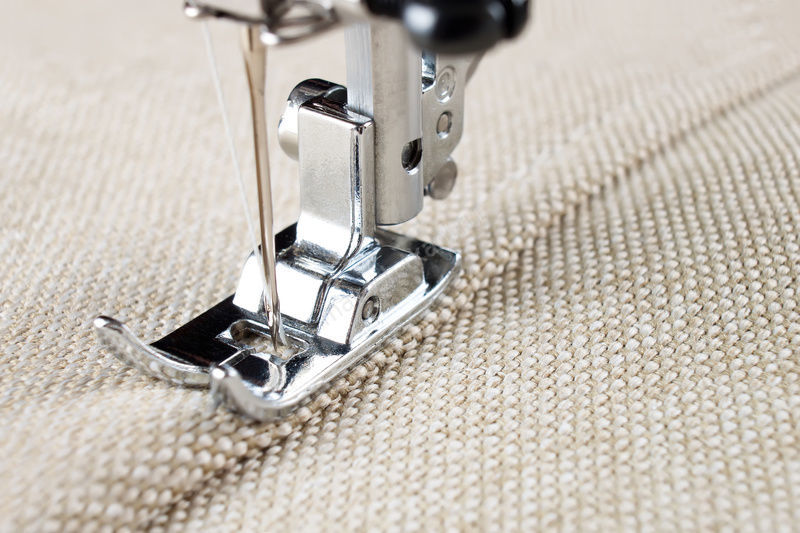Quite often, beginner seamstresses (and not only) wonder how to choose a needle for a sewing machine? Sometimes it occurs when the factory kit, which was with the machine, fell into disrepair. And sometimes when it becomes clear that the installed needle does not “take” the desired fabric, that is, it does not flash.
In the wide variety offered by sewing shops, it is easy to get lost and confused. To prevent this from happening, we will figure out below what exactly are the differences between the needles and how to choose the right one.

Content
How are the needles different from each other?
Initially, sewing needles are divided into two large categories - overlock and for household sewing machines. They are not interchangeable. The main visible difference between them is the size of the eye - in overlock needles it is larger.
Needles for sewing machines have a number of differences, namely:
- sharpening;
- flask;
- ear shape;
- dimensions of the groove;
- needle diameter;
- destination for a certain type of fabric.
This is only part of the differences visible to the eye that directly affect the quality of the line.
To sewing products from various materials does not become a problem for you, it is not enough just to familiarize yourself with the instructions for the sewing machine. You need to have an idea of the labeling of needles and their systematization.
When buying, you need to know the type of sewing machine, and it is also advisable to have a needle flask with you.
If there is no flask left, you can find the desired marking in the instructions or on the device itself.
When choosing the main guideline will be the numbers and letters on the flask or packaging from the needles.
Household sewing machines work with flat bulb needles. Round bulb needles are designed for industrial sewing machines.
The meaning of the numbers in the marking
The marking on the flask usually looks like this: “130 / 705H” or “HAx1”. The numbers indicate the size of the needle and the diameter of the rod. The unit of measurement is inches or mm times 100.
Needles with numbers from 60/8 to 120/19 are suitable for household sewing machines.
Two standards are used for designation - European (mm) and American (inches).
The thickest needle is labeled 200/25 and the thinnest is 50/5, where the first digit is fractions of a millimeter and the second is fractions of an inch.
The meaning of the letters
Now we will understand what the letters indicated in the marking next to the number mean. Here are the main types of needles for sewing machines:
- N - universal (for simple fabrics like cotton, linen and so on);
- H-J - for dense fabrics (jeans, tarpaulins and others);
- NM - microtex (silk, taffeta, raincoat fabric);
- H-S - for elastic (stretch) materials (knitwear, synthetics);
- NE - embroidery;
- H-EM - metallized threads. There are only two numbers - 80 (for fine fabrics) and 90 (for dense);
- H-Q - quilting (for decorative stitches in the same form of needlework);
- H-SUK - round tip (jersey, thick knitwear, knitwear);
- H-LR and H-LL - for the skin;
- Н-О - for decorative decoration;
- H-ZWI - double (decorative trim, pinches, etc.);
- H-DRI - triple needle;
- Topstitch - needles for decorative stitches.
Depending on your intentions, you need to choose a needle with the correct marking.
Selection of needle by type of fabric
In order not to remember all of the above designations, you can simply pick up the needle by the type of material with which you plan to work.

Light tissue
For materials such as crepe de chine, veil, cambric, fine muslin, crepe georgette and tights, needles 60/8, 70/10 and 80/12 are suitable.
Medium Tissues
For flax, cotton, piquet, knitwear, twill and percale - 80/12, 90/14, 100/16.
Heavy fabric
Teak, tweed, gabardine, rep, drapery and coat fabrics will be carefully stitched with needles 100/16, 110/18, 120/19.
Verified Brands
The most common and best are German manufacturers.Among them are Singer, Organ Needles, Grotz-Beckert, Schmetz and so on.
Now, knowing all the designations, you will no longer be wondering how to choose needles for sewing machines, but simply will get the right ones.
Smooth to you stitches and neat stitches!
Thank you for the necessary information! It came in handy, I hope, not only to me